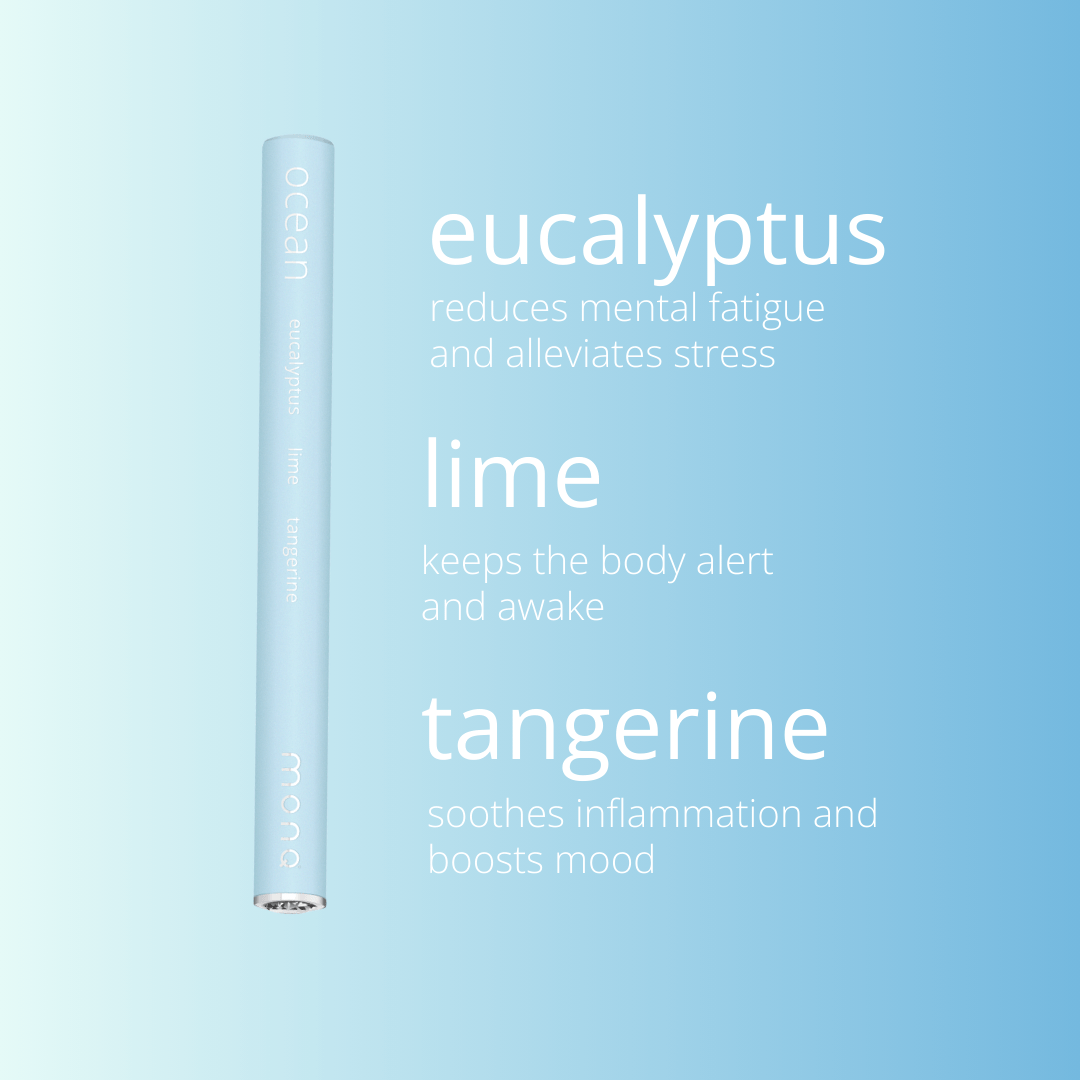A Guide to Ocean Currents

A dip in the ocean is the perfect escape from the summer heat. As you wade into the water, you feel the waves crashing over you, the cool water mixing with the sun on your skin. Floating on your back, you are carried along by the ocean, only to find yourself further down the beach than where you started. This is due to the ocean’s current—the continuous movement of seawater caused by various forces.
Ocean currents flow over long distances, and their direction and intensity can significantly affect the world’s climate. Covering 71% of the earth’s surface and holding 97% of its water, the ocean plays a key role in the storage and transfer of heat globally. Ocean currents influence local weather conditions, gas cycling, and the stabilization of global climate patterns.
Causes of Ocean Currents
Ocean currents are influenced by several factors, including tides, wind, thermohaline circulation, the sun, and the earth's rotation.
Tides
Tides result from the gravitational pull between the moon and the sun, creating strong currents near bays, estuaries, and coasts. These tidal currents follow regular patterns and are easily predictable.
Wind
Wind creates currents on or near the ocean’s surface. Near the coast, winds can lead to coastal upwelling—a process where deep, cold water rises to the surface. In the open ocean, winds affect currents that can circulate water for thousands of miles, though they don’t impact currents below 100 meters.
Thermohaline Circulation
Thermohaline circulation is influenced by temperature (thermo) and salinity (haline), both of which affect the density of ocean water. Cooler or saltier water becomes denser, causing currents that can occur at both shallow and deep levels, typically moving slower than surface or tidal currents.
Sun
The sun is the root cause of both wind and thermohaline circulation. It heats the atmosphere, creating winds that drive surface currents, and it affects the temperature and salinity of the ocean, which influences thermohaline circulation.
Rotation of the Earth
The earth's rotation affects ocean currents through the Coriolis effect, causing water in the Northern Hemisphere to move to the right and water in the Southern Hemisphere to move to the left. This effect increases the further you move from the equator.
Types of Ocean Currents
There are two main types of ocean currents: surface currents and deep currents.
Surface Currents
Surface currents, influenced mostly by wind, occur both locally and globally, resulting in water movement horizontally and vertically. Local horizontal currents include rip currents, tidal currents, and longshore currents. Upwelling currents cause water to move vertically, bringing cool water to the surface and pushing warmer, less-dense water deeper.
Deep Currents
Deep currents, driven by water density differences, have a different scale, speed, and energy than surface currents. Cooler, saltier water is denser, leading to more extreme circulation when significant density differences occur between ocean layers.
These differences in global water density play a crucial role in the global conveyor belt, which includes both surface and deep ocean currents that circulate the earth over 1,000 years. This conveyor belt distributes heat globally, helping to regulate climate, cycle gases, and distribute vital nutrients.
Importance of Ocean Currents
Ocean currents significantly impact marine organisms and ecosystems by transporting nutrients, enabling many species of plants and animals to thrive. Many species rely on currents to bring them the nutrients they need and to distribute larvae and reproductive cells.
Upwelling currents bring nutrient-rich water from the deep ocean to the surface, supporting fish and other marine life in shallow waters. These currents also promote the growth of seaweed and phytoplankton, providing energy for larger marine mammals, fish, and humans.
One of the most critical roles of ocean currents is their effect on the earth’s climate. Currents like the Gulf Stream carry heat from tropical waters northward, regulating air temperature and precipitation, particularly in Northern Europe. Without the Gulf Stream, many European countries would be much colder and less habitable. The global conveyor belt ensures that much of the earth remains within habitable temperature ranges by distributing heat.
The Effects of Climate Change on Ocean Currents
Research suggests that climate change may disrupt the global conveyor belt. Increased rainfall and glacier melting could introduce warm freshwater into the ocean, disrupting the sinking of cold, salty water and potentially slowing or stopping the conveyor belt. Without this regulation, the world could experience drastic temperature changes.
Final Thoughts
The dynamics of the ocean are intricate and astonishing. It is crucial for humans to contribute to positive environmental changes to keep the oceans clean and mitigate some effects of climate change.









Leave a comment